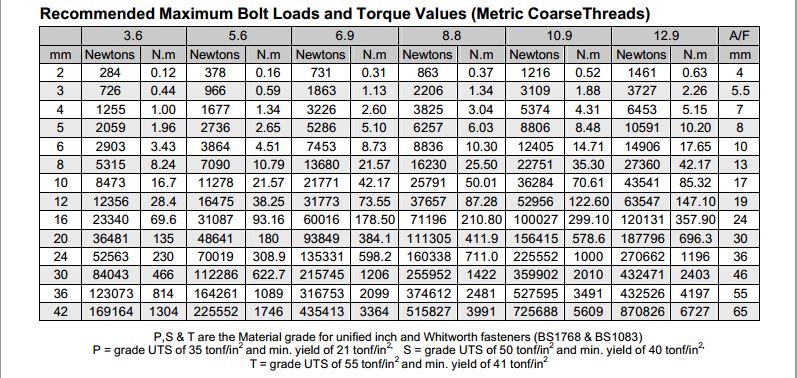Hi, just a curious question that has been bugging me, just how tight do electrical connections need to be? whether its anything from lightswitch, socket terminals to choc blocks? Obviously if they are loose you run the risk of arcing and in worst case a house fire, or if they are too tight you end up snapping the conductor 1mm is very prone to this or maybe I'm just heavy handed.
Do connections just need to be tight enough so you can't pull the cable out the terminal and no more?
How do you know if a connection is tight enough or too loose? and at what point do you stop tightening to avoid snapping the screw or conductor?
thanks
Do connections just need to be tight enough so you can't pull the cable out the terminal and no more?
How do you know if a connection is tight enough or too loose? and at what point do you stop tightening to avoid snapping the screw or conductor?
thanks


